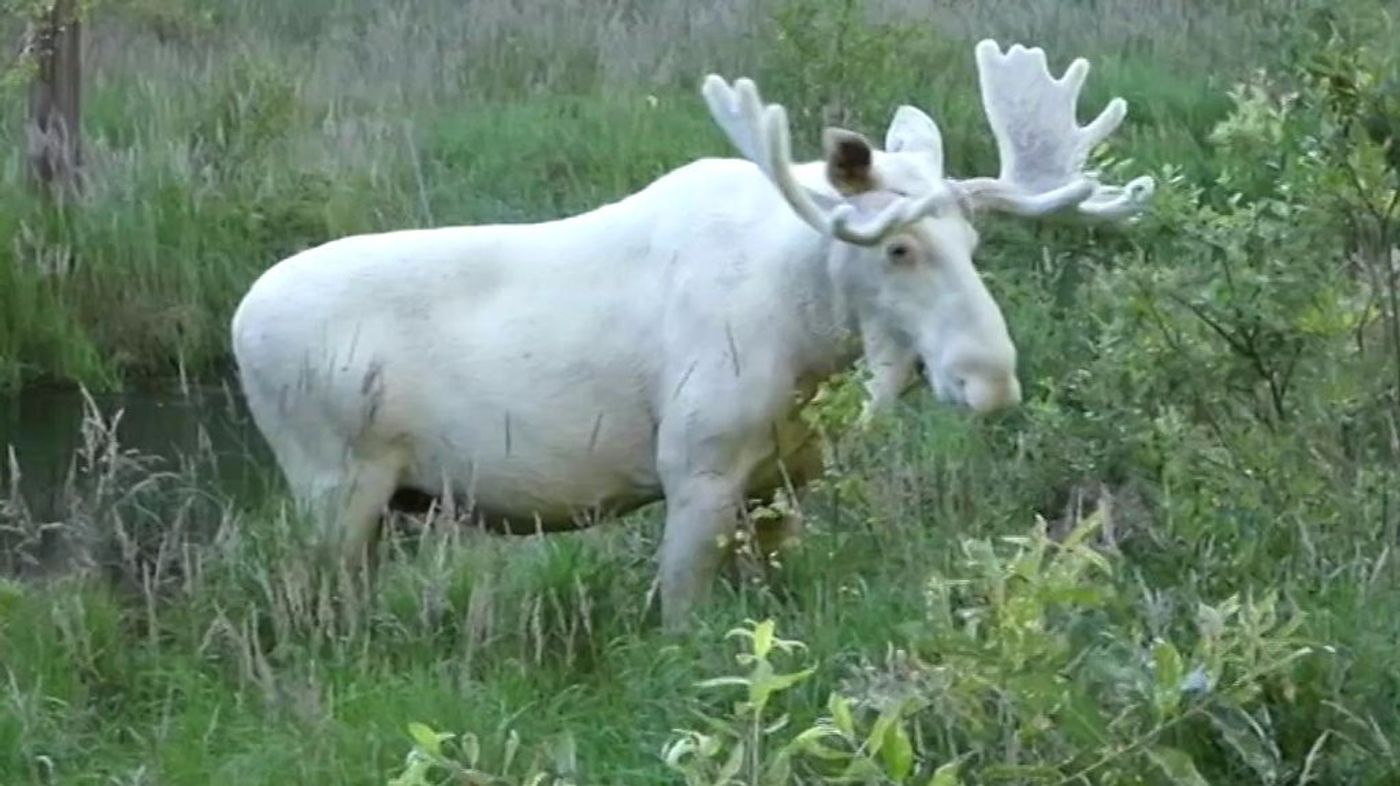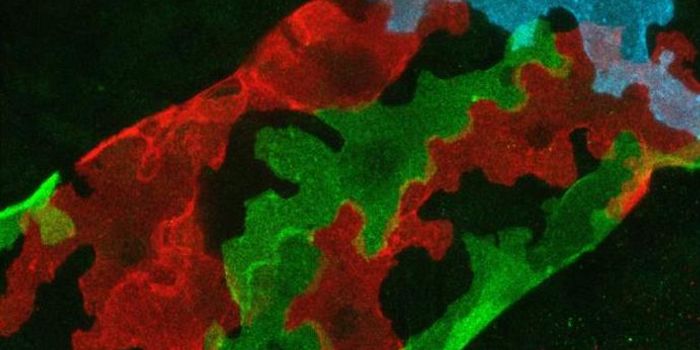Rare All-White Moose Spotted in Sweden
Camera-bearing nature explorers snagged a rare opportunity to film an elusive all-white moose in Värmland, located in western Sweden.
Image Credit: BBC
Indeed, the creature is just as beautiful as it is polarizing.
The moose was crossing a body of water when an explorer picked up his camera and began recording footage in the animal's natural habitat. Once the moose made it across the water, it shook off all the wetness and started munching on plants.
Although it looks an albino moose at first glance, then you might want to do a double-take because experts quickly stepped in and pointed out how this isn’t the case. If it were albino, then the moose would also have pink or red eyes, which it doesn't.
Instead, we can attribute the all-white fur to a genetic mutation. No other part of the moose's body underneath would appear out of the ordinary if examined up close in this particular scenario. Nevertheless, it's difficult to show this since the cameraman kept a safe distance from the animal.
Related: Rare white giraffe is photographed in Tanzania
There are purportedly just 100 white moose living in the entire country of Sweden today, which speaks for the rarity of this mutation occurring in the wild. But why is this mutation so rare in the species? Natural selection might hold the answer.
White fur doesn’t blend in well with the rest of nature’s surroundings like typical dark colors would, so it's non-advantageous. Predators find it easier to spot and hunt bright white creatures, whether it’s a moose or another kind of animal with similar genetic mutations. Moose don't have too many predators to worry about because of their size, but teams of wolves are sometimes known to target them, as are larger bears.
Related: Two moose were frozen in time during an epic battle to the death
Bright white animals’ lower odds of survival in the wild might explain why we don’t see very many moose like this one. Nevertheless, it’s still an awe-inspiring sight to behold.
Source: BBC









